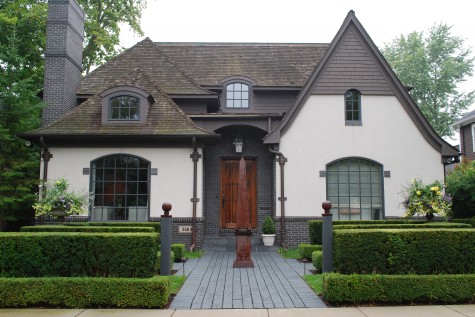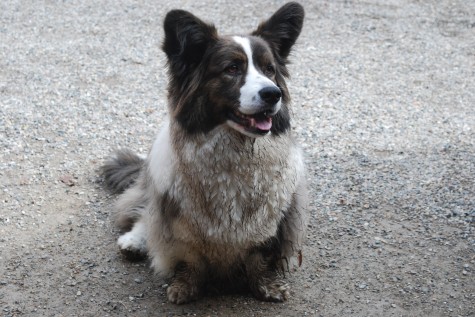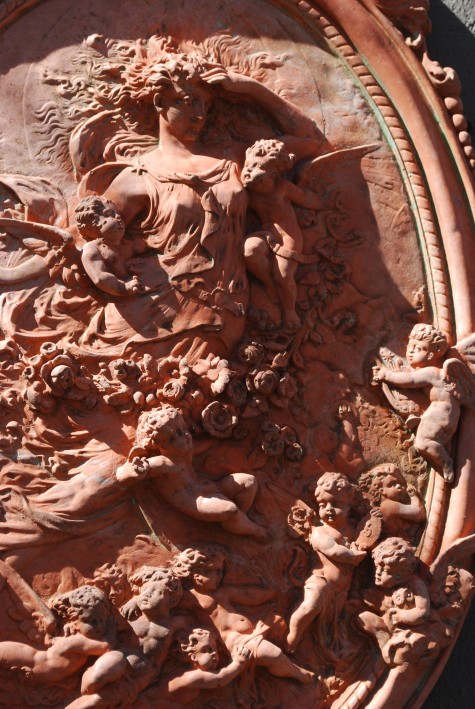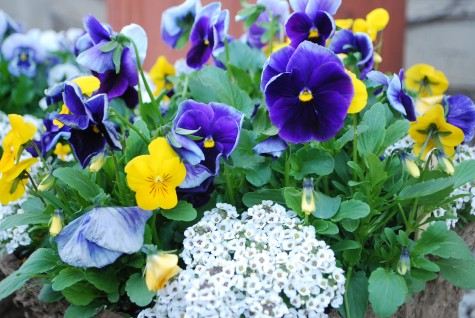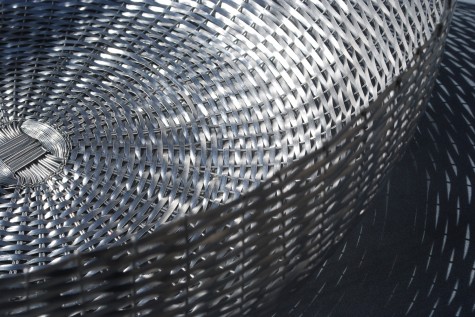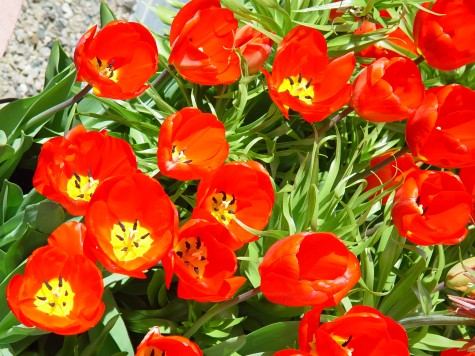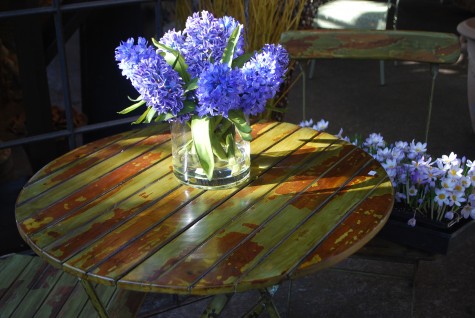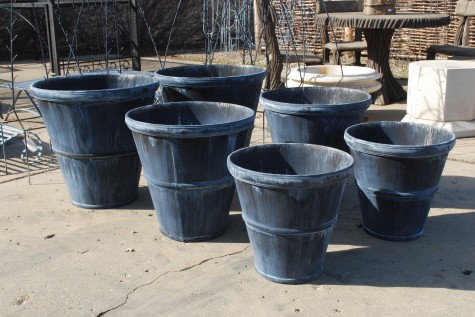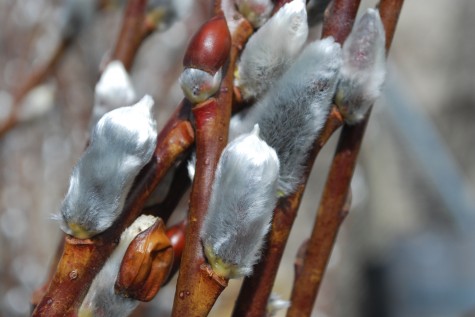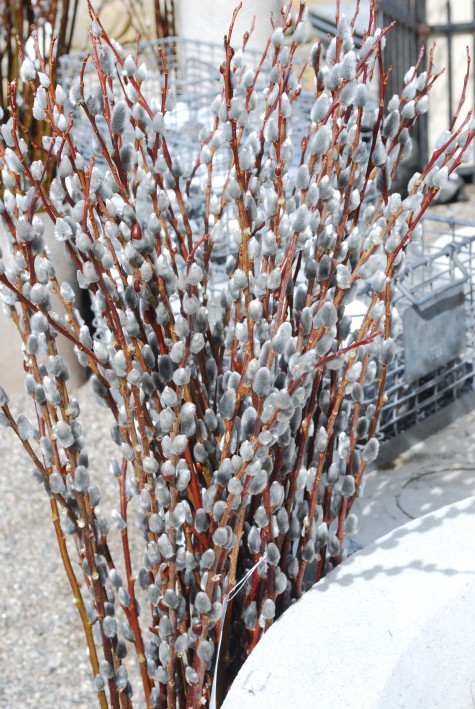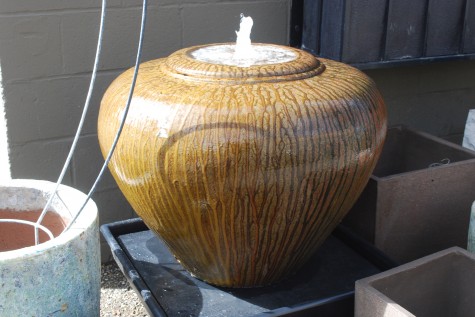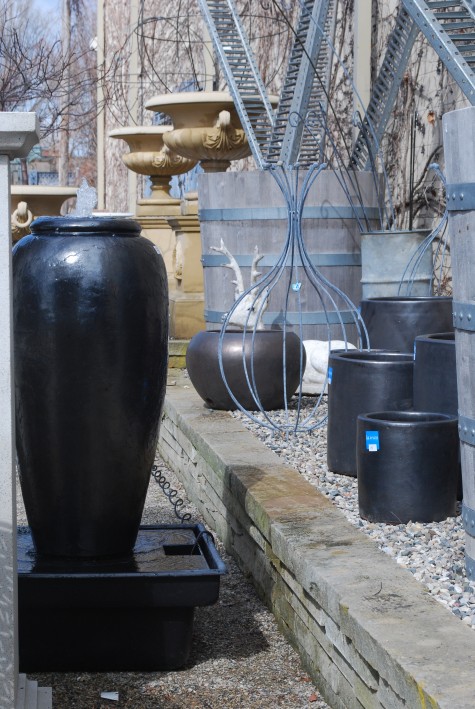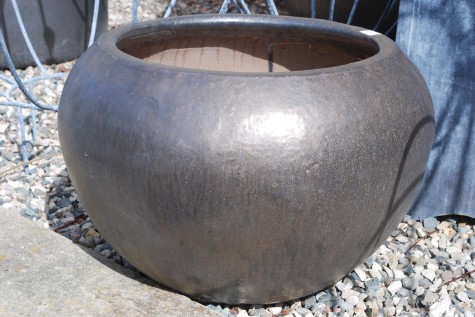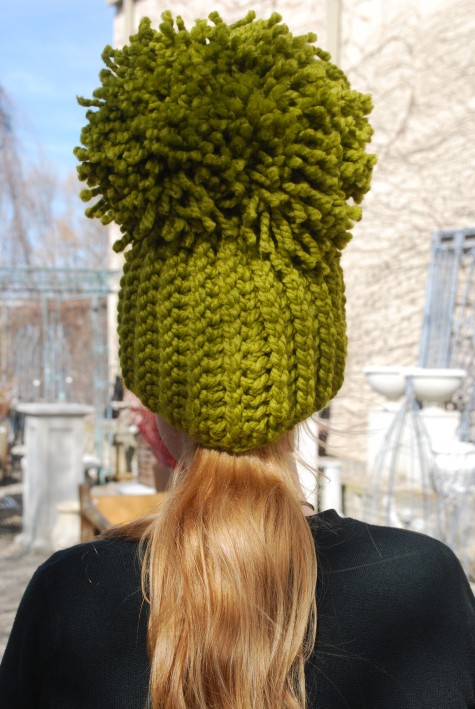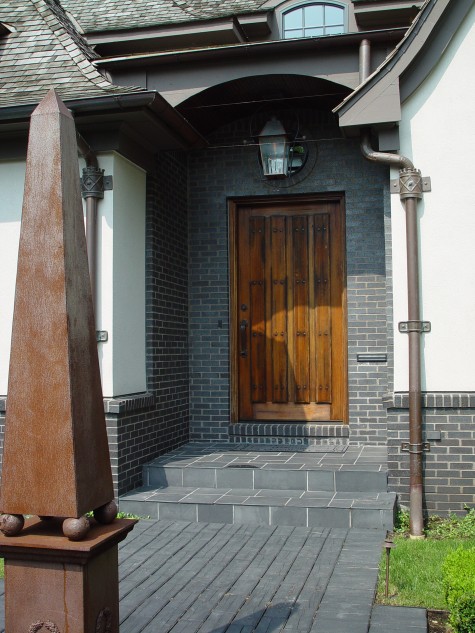
Those of you following this blog on garden design may be crossing your eyes and feeling like blacking out this past few weeks. I have gone on about the elements of design-maybe too long. I try the best I can to illustrate, and not instruct. My ability to peel off into a snow bank, or winter weary meadow, is a little compromised right now, so I have been photographing close to home and on solid ground. When I am done apologizing, I am still left with the conviction that a clear understanding of the elements of design applies to any 4 square feet on your planet-your dining room, your kitchen, your garden, your driveway. No kidding. I hope to illustrate and not instruct- via this very small property I landscaped some years ago. Though the front door is massive, the property square footage is very small. No need to put the landscape under a microscope-the house came with an intensely small space. Every move counts.
 This landscape relies much on a configuration of evergreens that stand fast every month of the year. Whatever the weather. My original client sold this house some time ago-my new clients are grade A stewards-any beautiful old landscape is a direct result of the intensive care of the present, and not age-this idea via the essays of Henry Mitchell. The yew hedge fence, and its black stained posts and rusted finials, echo the rusted obelisk placed front and center. A pair of pots on pedestals placed side to side, and planted for each season-who knew a pair of pots could rule a garden like these do.
This landscape relies much on a configuration of evergreens that stand fast every month of the year. Whatever the weather. My original client sold this house some time ago-my new clients are grade A stewards-any beautiful old landscape is a direct result of the intensive care of the present, and not age-this idea via the essays of Henry Mitchell. The yew hedge fence, and its black stained posts and rusted finials, echo the rusted obelisk placed front and center. A pair of pots on pedestals placed side to side, and planted for each season-who knew a pair of pots could rule a garden like these do.

It cannot be 20 feet from the street to the front door. I persuaded my clients to install a wood sidewalk-each length of pressure treated lumber was routed to resemble bricks-after one year of weathering, I stained them black. There was a time when roads were made of wood-that history is not especially pertinent to this design. What is pertinent is what one sees. A look needs to stand on its own, no matter any history or explanation. A short walk needs a distinguising feature-a new thought. Any gesture, no matter how short, can illustrate a love of the out of doors without instructing. A wood sidewalk-different. Still looking great after all these years-this I love.
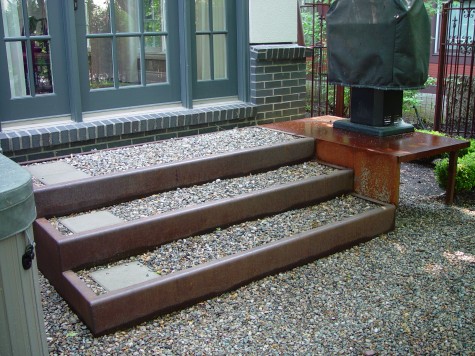 The rear yard-a patch of ground that would comfortably accomodate 12. The simple solution-gravel the entire area. Plant four lindens at the four corners, to provide some natural shade corner to corner. The steps to the back door-I did not switch materials. Simple in a small space means the repetition of one material amounts to the impact of many hands to the same end. These corten steel risers retain the gravel surface steps. On the floor, everywhere else, gravel.
The rear yard-a patch of ground that would comfortably accomodate 12. The simple solution-gravel the entire area. Plant four lindens at the four corners, to provide some natural shade corner to corner. The steps to the back door-I did not switch materials. Simple in a small space means the repetition of one material amounts to the impact of many hands to the same end. These corten steel risers retain the gravel surface steps. On the floor, everywhere else, gravel.
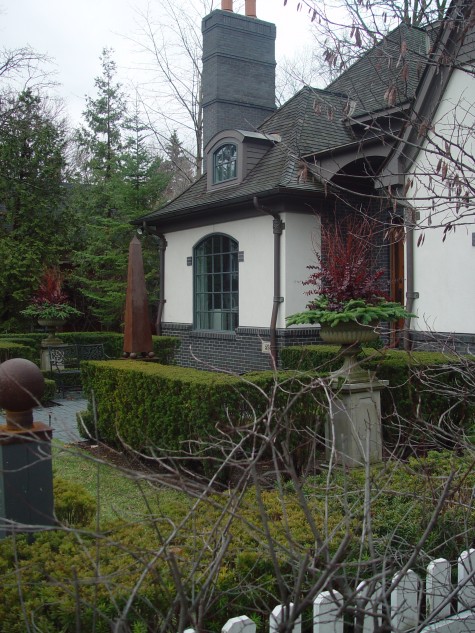 When winter comes, leaves are shed. Shrubs of great volume are but a shadow of their summer self. The evergreens keep on going on- but what is remarkable here, given it is mid-January? Those two pots on pedestals, stuffed with materials for the winter, carry the day. The design elements in play here are many. No need to know the words, if you can see.
When winter comes, leaves are shed. Shrubs of great volume are but a shadow of their summer self. The evergreens keep on going on- but what is remarkable here, given it is mid-January? Those two pots on pedestals, stuffed with materials for the winter, carry the day. The design elements in play here are many. No need to know the words, if you can see.
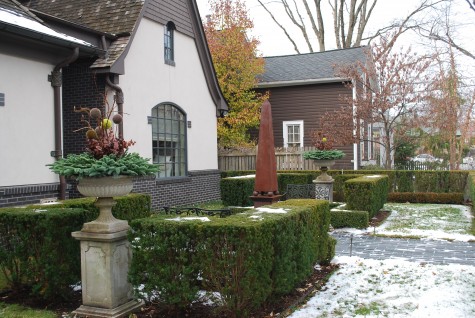 No matter the late lame snow, the design elements of this garden are strong; grown in. There is a living presence, and pattern, that pleases the eye. Their garden ornament takes on a bigger role in the half year we know as winter. I like my front garden and landscape to be eye-ready, no matter the season.
No matter the late lame snow, the design elements of this garden are strong; grown in. There is a living presence, and pattern, that pleases the eye. Their garden ornament takes on a bigger role in the half year we know as winter. I like my front garden and landscape to be eye-ready, no matter the season.
Once spring comes, we change out those pots. Their idea of spring brings the neighborhood to life -many houses on this street do much the same. Designing thoughtfully to the betterment of all -what a great idea. Those elements that make a difference-take some time to look, and make them work for you.

